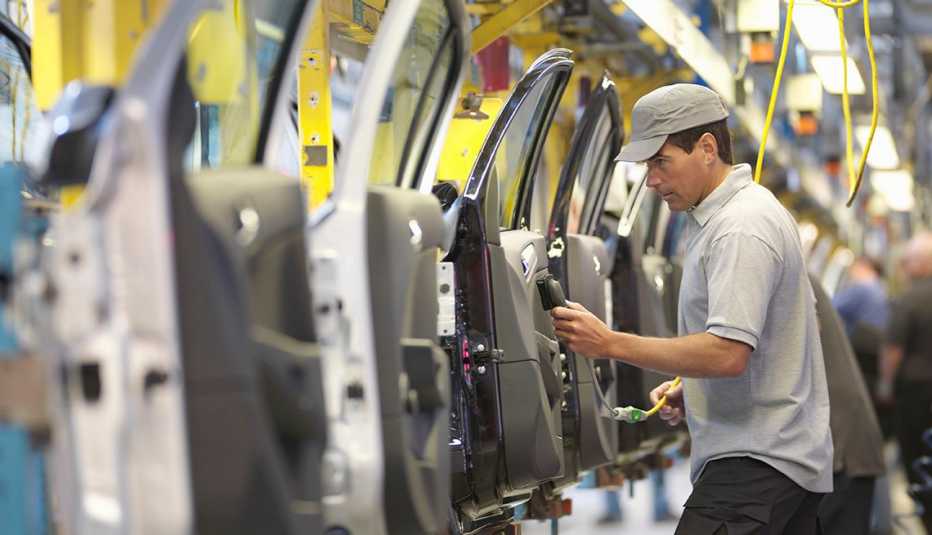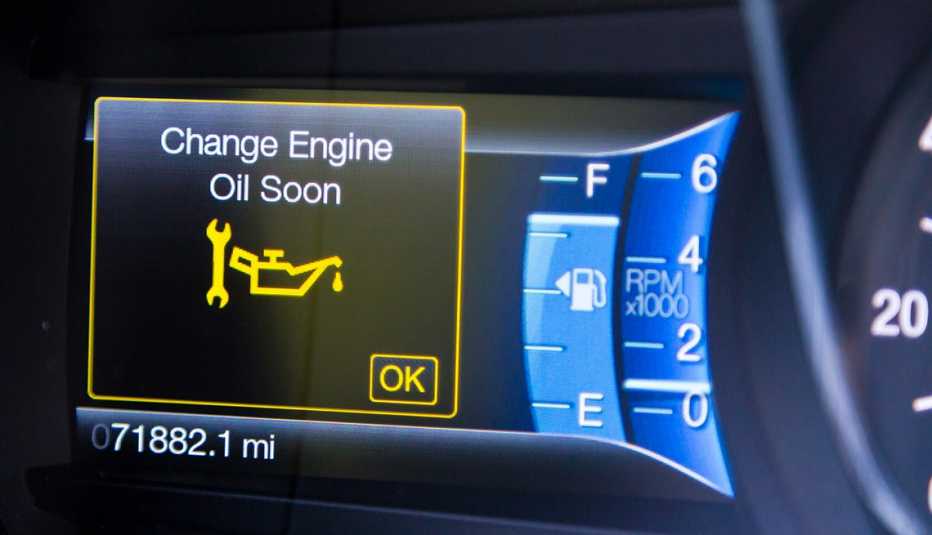AARP Hearing Center


In 1966, Irv Gordon, then 25, bought a red Volvo P1800S — and he’s still driving it. Gordon has racked up 3.2 million miles in the sporty two-seat vehicle, the equivalent of seven round trips to the moon. The car has received 33 sets of tires, 130 sets of brake pads and 492 spark plugs; it’s also undergone 938 oil changes and 124 tune-ups.
“I know I’m a bit of a fanatic,” says Gordon, who’s in Guinness World Records, “but I really love my car.”
Gordon understands a simple fact about autos: Follow your manufacturer’s maintenance schedule and they’ll last a heckuva long time. But high mileage totals are even easier with today’s vehicles. A typical passenger car should last 200,000 miles or more, says Rich White, executive director of the nonprofit Car Care Council (which offers a free car care guide).
Another way of looking at it: “The average lifespan [of a car] is now almost 12 years,” says Eric Lyman, chief analyst at TrueCar. “It’s been a slow and steady climb over the past decades.”
That’s because cars are smarter, better designed and better built than they were 20 to 30 years ago. Automated factories have led to high-precision manufacturing. Parts are more reliable. Electric systems have replaced mechanical systems, which reduces breakdowns and improves engine efficiency. Better oil has increased intervals for oil changes — from every 3,000 miles to as high as every 15,000 miles. New coolants can last the car’s lifetime.
“Ten years ago, you’d need to change your spark plugs probably every 30,000 miles — now it’s every 100,000 miles,” says Jill Trotta, a longtime mechanic and vice president, industry advocacy and sales, for RepairPal Inc., which certifies repair shops.
Technology, however, is the main reason for longer-lasting vehicles. Most improvements in efficiency, emissions, safety, reliability and longevity are from “microprocessors, microcontrollers and extensive unseen networks on board the cars themselves,” writes Cars.com Executive Editor Joe Wiesenfelder. Such improvements are increasing not only cars’ lifespans, but manufacturer warranties. Three years, 36,000 miles used to be standard, but 10-year, 100,000-mile warranties are becoming the norm.
And, as their technology is perfected, electric cars have the potential to run even longer. “Three hundred thousand miles could be the standard for an electric car,” says Trotta. The engines have fewer moving parts, which reduces breakdowns, resulting in less maintenance and longer lifespans (the same is true for hybrid vehicles). In July 2018, Tesloop, a Tesla taxi company, announced that one of its Model S cars had passed the 400,000-mile mark, and the company says it expects the car to last another 600,000 miles.
Self-driving cars may also increase vehicle life expectancy by reducing accidents. The biggest safety flaw in automobiles is, you guessed it, human drivers: Ninety-four percent of crashes are due to human error, according to the National Highway Traffic Safety Administration. Autonomous cars are meant to react faster than people and the vehicles’ cameras and sensors allow them to see more of the road, all of which could reduce accidents by 90 percent. (We're still a long way from self-driving cars becoming the norm, however.)





































































More From AARP
Why You May Need a Dashcam
Video-on-the-go can thwart thieves and supply evidence in an accidentClassic Cars Are Getting a Recharge
Find out how 5 old-school vehicles compare to their new, all-electric cousins
Car Seat Technology Gets Super Sophisticated
Massage, fragrance, heat and more fancy options are offered in many models